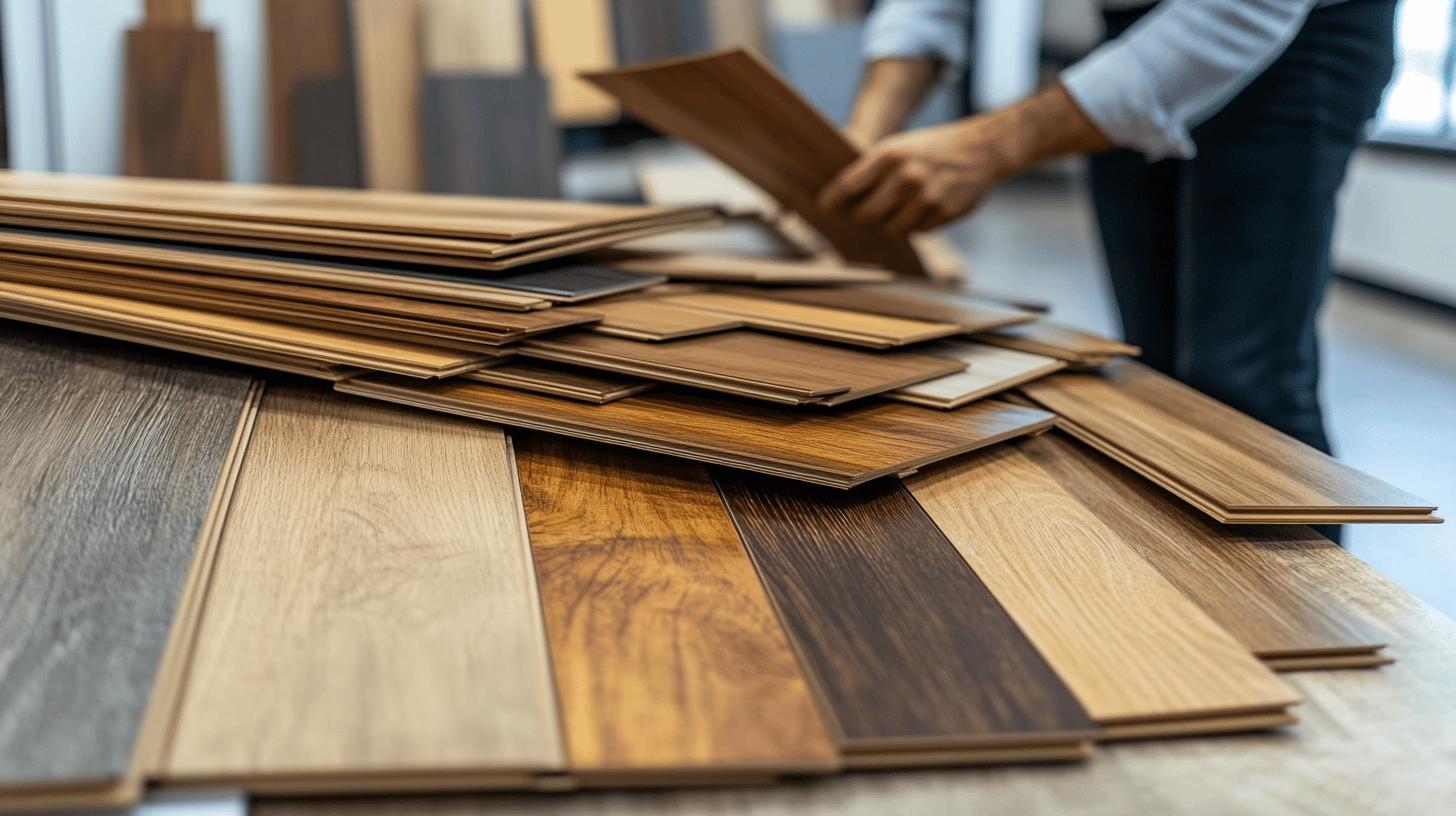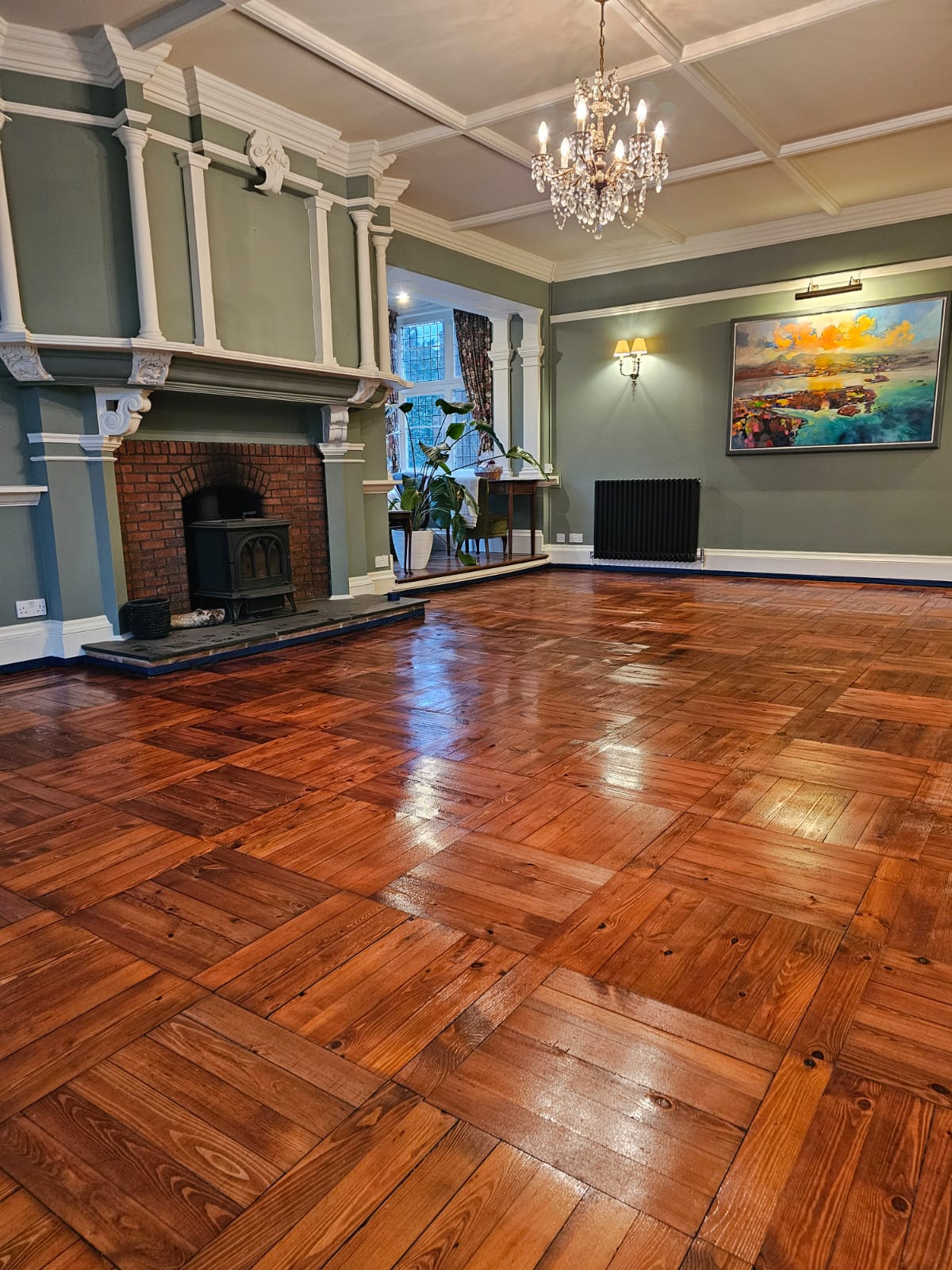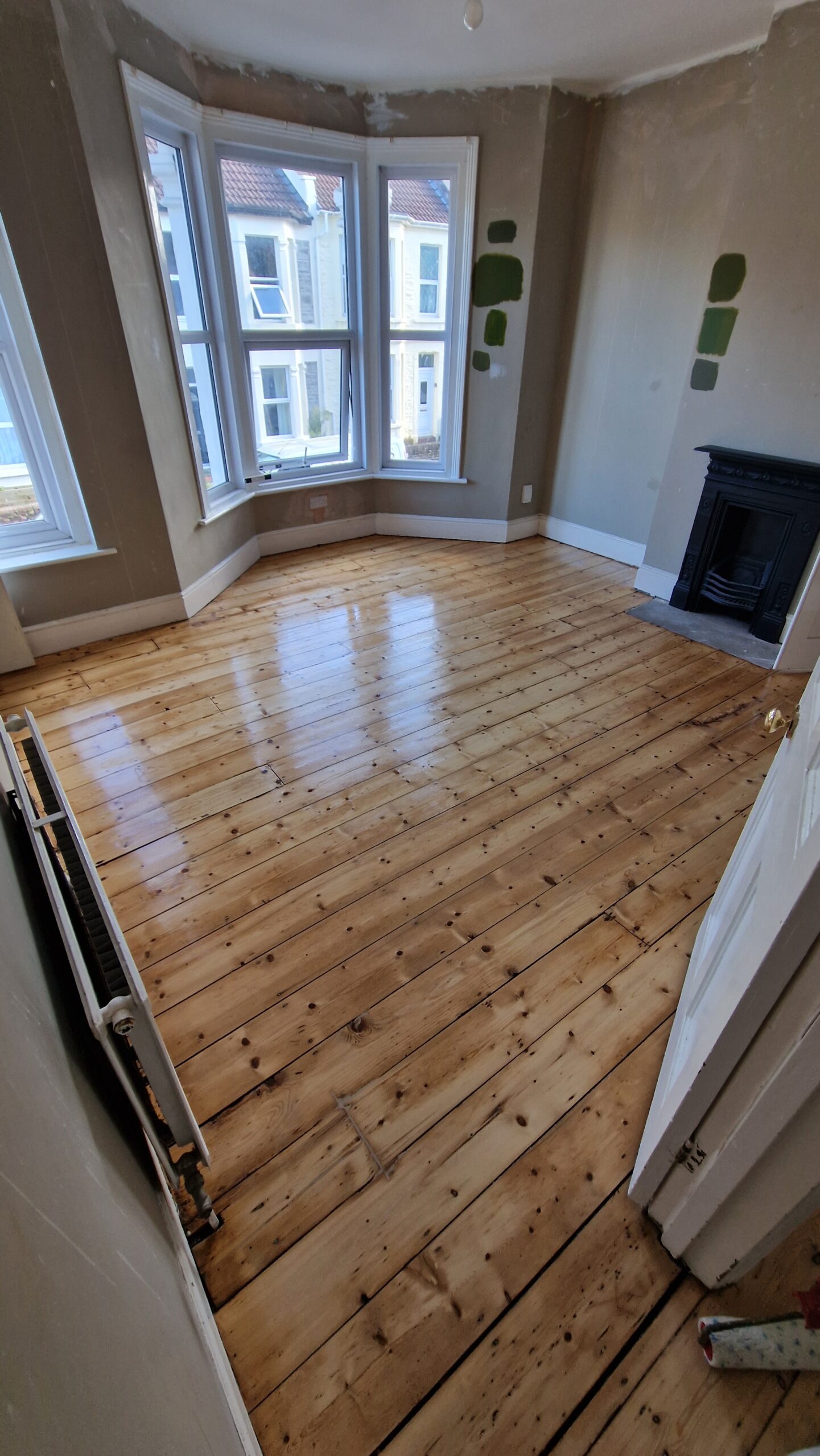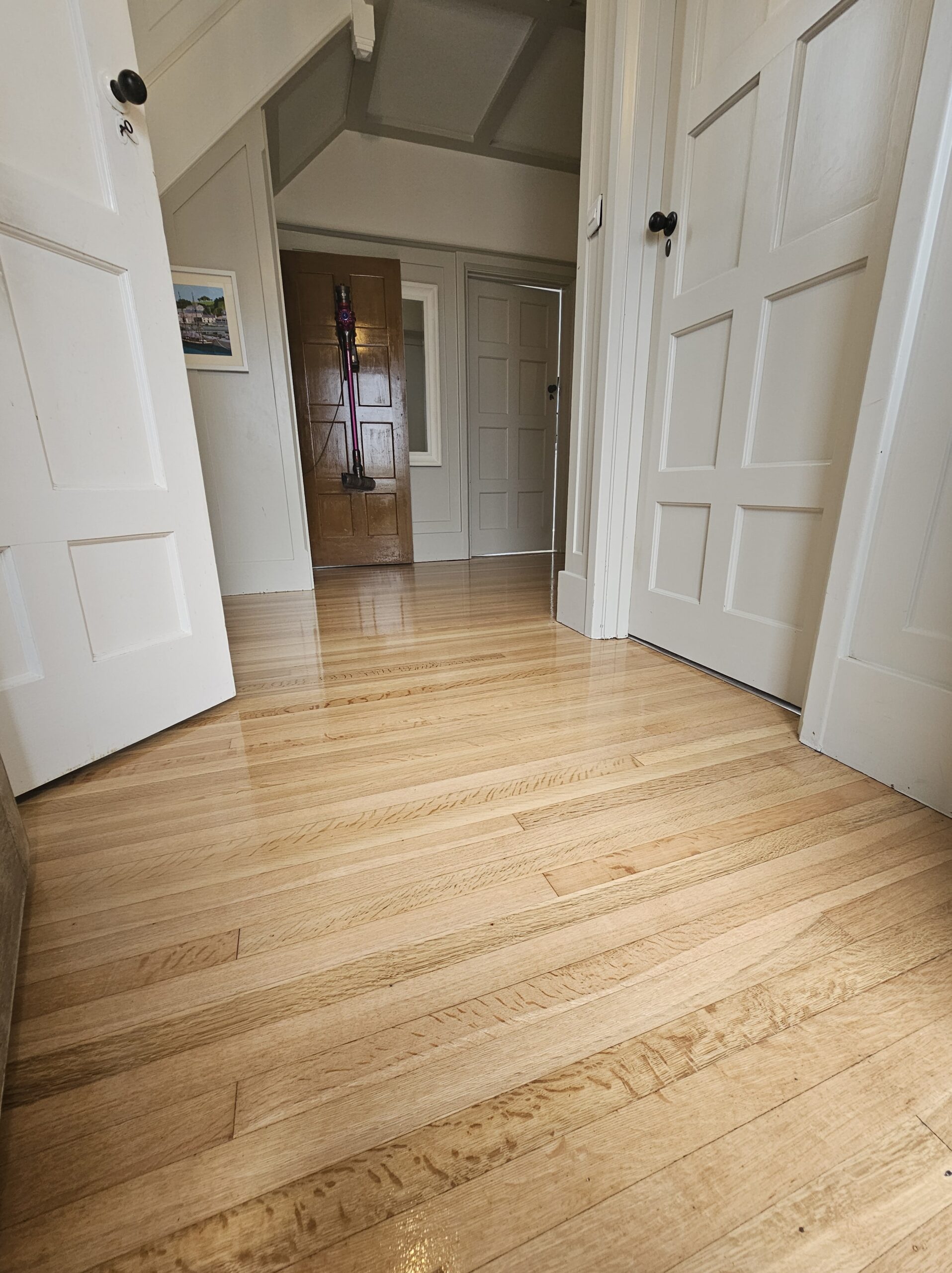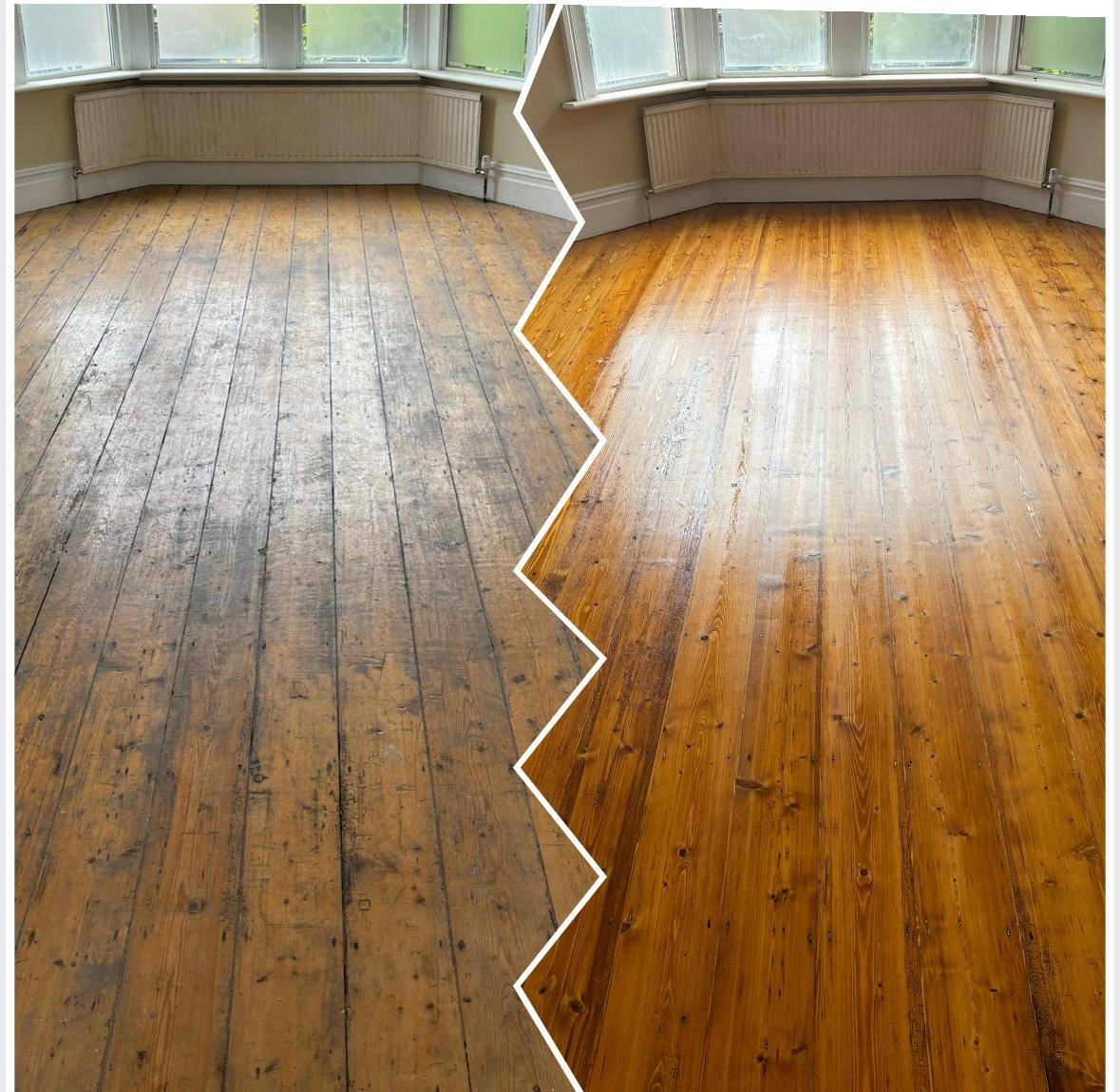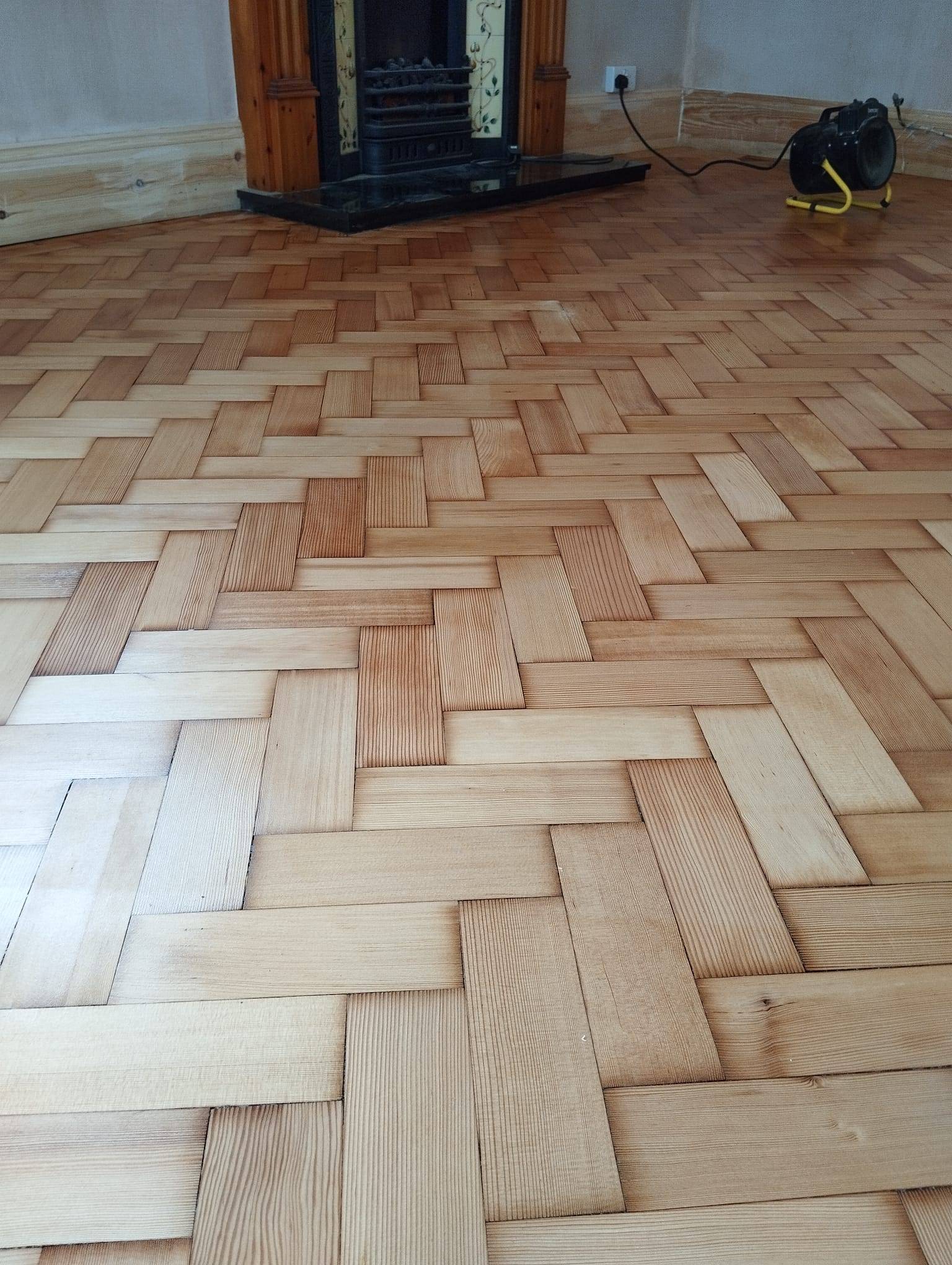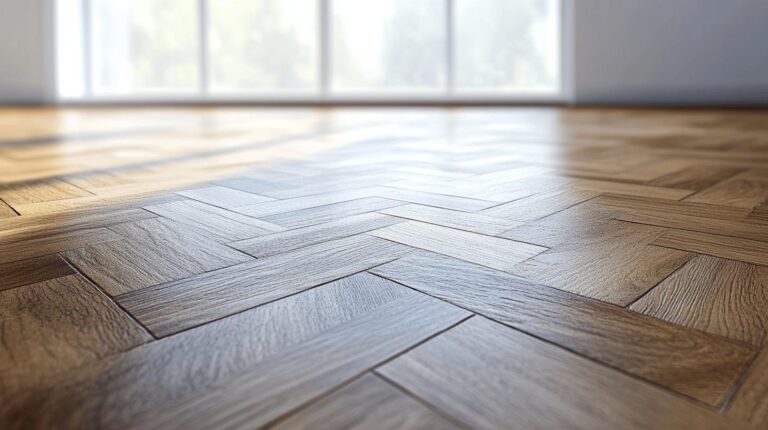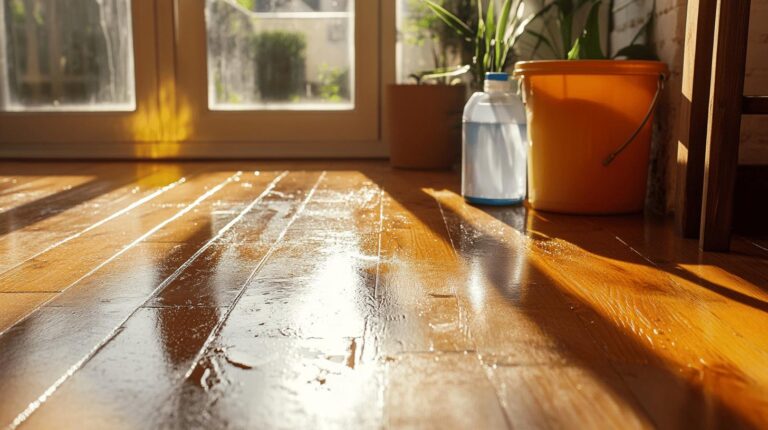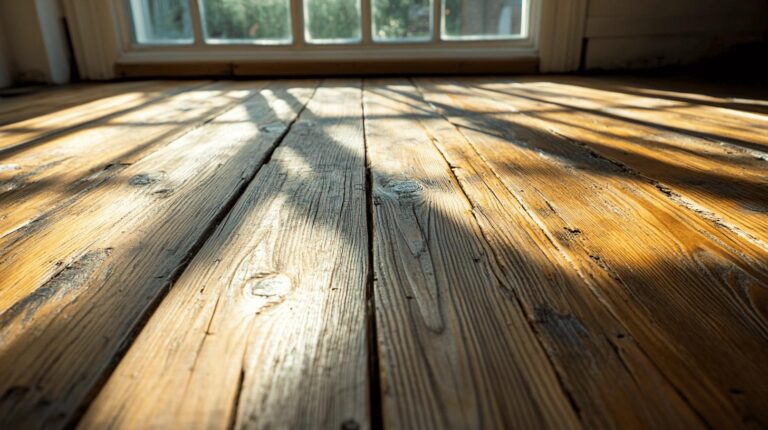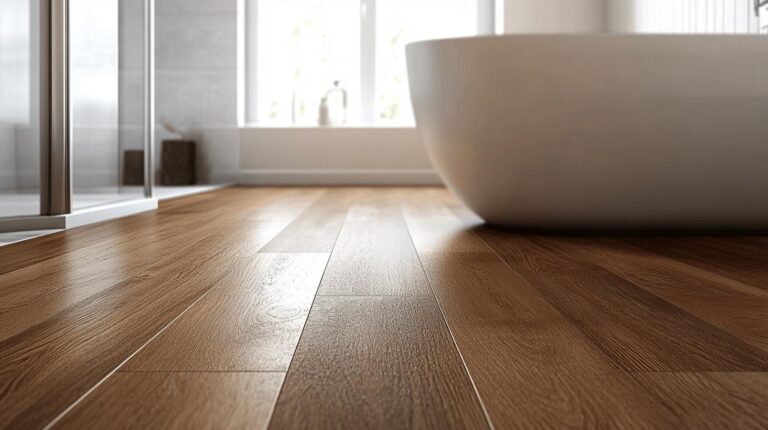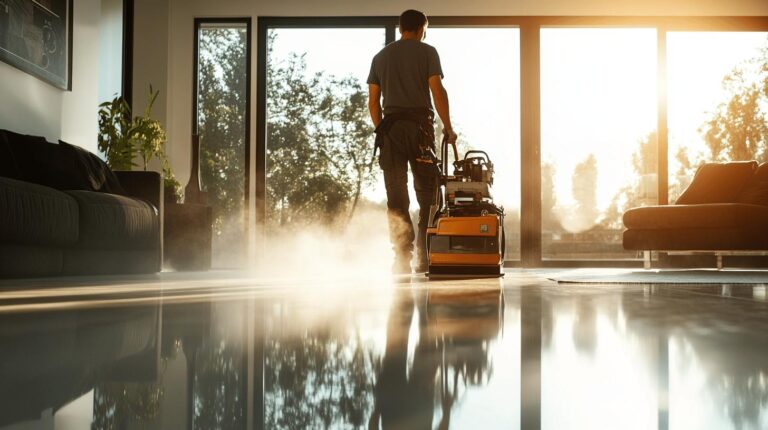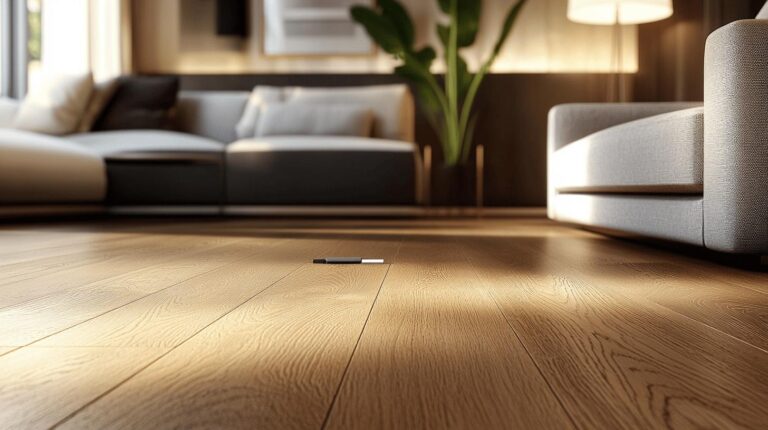Choosing between oil-based and water-based floor finishes is like selecting between a timeless classic suit and a sleek modern outfit. Each has distinct characteristics influencing the final look of your floors. Oil-based finishes offer a warm, amber glow reminiscent of autumn leaves, creating an inviting, traditional aesthetic. However, they can yellow over time, impacting the appearance of lighter wood. Meanwhile, water-based finishes highlight the wood’s natural colour, emit fewer odours, and align with eco-conscious living. This article delves into the specifics of each, guiding homeowners in selecting the ideal finish to elevate home aesthetics and meet practical needs.
Understanding Oil-Based Floor Finishes
Oil-based floor finishes are renowned for their warm, amber or golden patina, which bestows a classic and traditional aesthetic on wooden floors. This type of finish is particularly favoured for its ability to enhance the natural grain and colour of the wood, exuding a richer and more inviting appearance. The depth of colour provided by oil-based finishes can create a sense of timelessness and elegance, making them a popular choice for those seeking a bolder, more vibrant look.
However, one of the considerations when opting for oil-based finishes is their tendency to yellow over time. While it can add character, this yellowing effect may not suit all wood types, notably lighter woods, such as maple or ash, where the natural colour is a desired feature. Over time, the darkening of the finish can alter the intended appearance of the wood, requiring careful consideration of long-term aesthetic goals. For those concerned about maintaining the original hue of lighter wood floors, this aspect might necessitate future refinishing to restore the desired look.
Oil-based finishes are available in a variety of sheen levels, from satin to high gloss, allowing for customization to achieve the desired level of shine and reflection. The sheen level impacts not only the appearance but also the maintenance requirements, as higher gloss finishes may show scratches and footprints more prominently. The appropriate sheen level is crucial to balancing aesthetic preferences with practical maintenance needs.
- Pros of Oil-Based Finishes:
- Rich, warm colour enhances the wood grain
- Classic, traditional aesthetic appeal
- Durable and long-lasting
- A variety of sheen levels are available
- Suitable for high-traffic areas
- Cons of Oil-Based Finishes:
- Tendency to yellow over time
- Longer drying times required
- Stronger odour during application
- Potential for altering light wood colours
- More intensive maintenance is needed
Exploring Water-Based Floor Finishes
Water-based floor finishes are celebrated for their ability to dry clear, preserving and highlighting the natural colour of the wood. This characteristic makes them particularly suitable for lighter woods, such as maple, where maintaining the original tone is essential. Unlike oil-based alternatives, water-based finishes avoid imparting an amber hue, ensuring the wood’s natural beauty remains unaltered.
One significant advantage of water-based finishes is their environmental friendliness. These finishes contain lower levels of volatile organic compounds (VOCs), reducing the impact on indoor air quality and making them a healthier choice for both the environment and occupants. The reduced odour emitted during application enhances comfort levels, especially in enclosed spaces. This makes water-based finishes an ideal option for those sensitive to chemical smells or concerned about the ecological footprint of their flooring projects.
Water-based finishes are suitable for light-stained floors, where preserving the intended aesthetic is crucial. The clear coating ensures that the stain’s colour is accurately represented and remains unchanged. By choosing a water-based finish, homeowners and commercial clients can achieve a durable, non-yellowing protective layer that maintains the floor’s original appearance.
| Feature | Benefit |
|---|---|
| Clear Finish | Preserves natural wood colour |
| Low VOC Emissions | Improves indoor air quality |
| Reduced Odour | Enhances comfort during application |
| Non-Yellowing | Maintains original floor appearance |
Comparing Durability and Maintenance
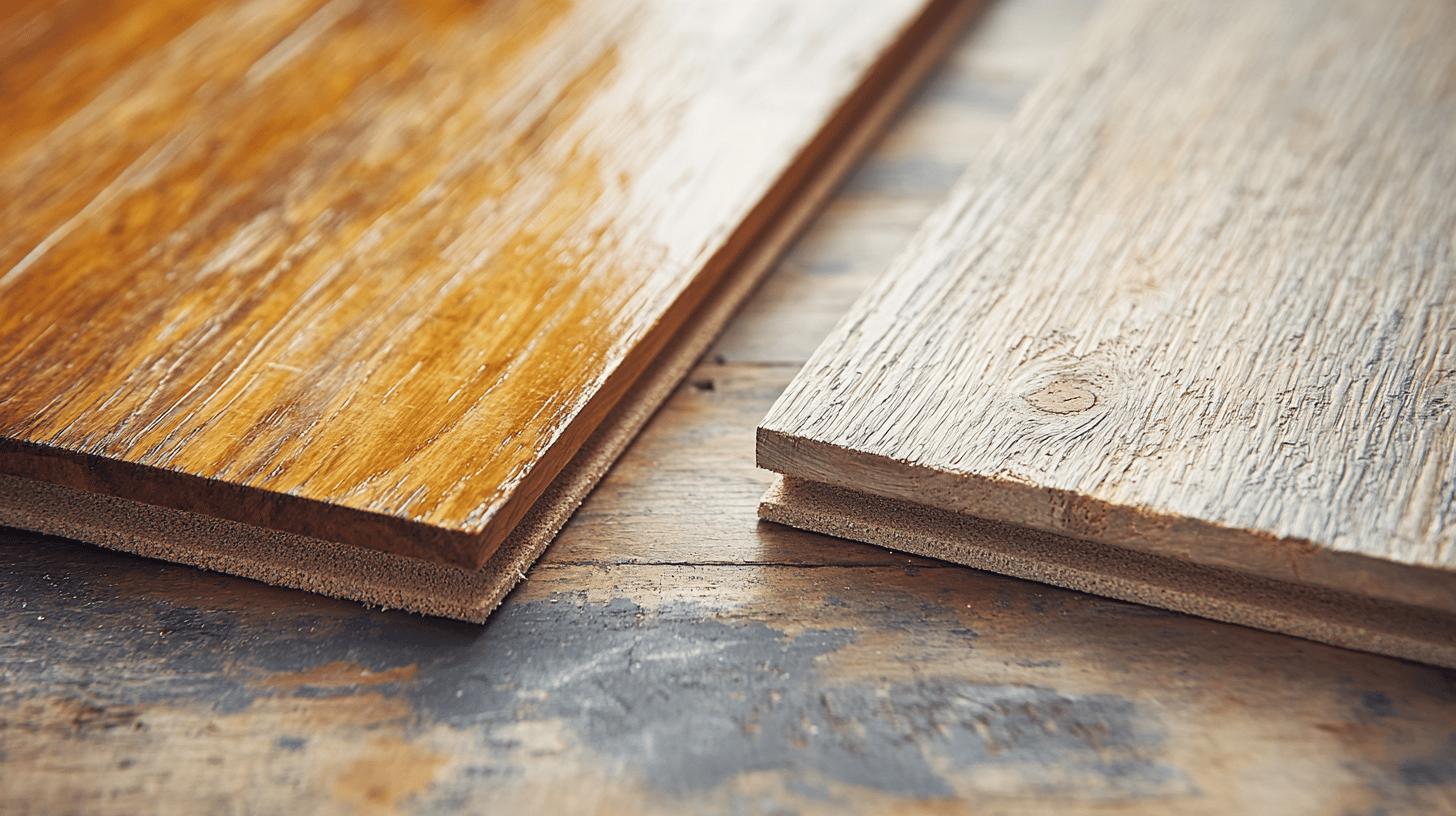
When choosing between oil-based and water-based floor finishes, understanding the differences in drying times and thickness is crucial. Oil-based finishes tend to be thicker and require longer drying times, often needing overnight drying between coats. In contrast, water-based finishes dry much faster, allowing multiple coats to be applied daily. This makes water-based finishes a more time-efficient choice for those seeking quicker project completion without sacrificing protection.
In terms of durability, both oil-based and water-based finishes offer robust protective qualities, but their performance can vary depending on the environment. Oil-based finishes, while thicker and providing a rich, deep finish, are generally softer and may be more prone to dents in areas of high impact. On the other hand, water-based finishes are prized for their superior scratch resistance, making them ideal for high-traffic areas such as hallways or commercial spaces. For environments where wear and tear are prevalent, water-based finishes provide a resilient surface that maintains its appearance over time.
Maintenance requirements differ slightly between the two finishes. Due to their thicker nature, oil-based finishes may require more frequent resanding to maintain their appearance, especially in high-use areas. Cleaning can also be more intensive, as the finish attracts and shows dirt and scuff marks more readily. Conversely, water-based finishes are easier to clean and maintain, with a simple sweep or damp mop often sufficient to keep them looking fresh. Their scratch-resistant properties also reduce the need for frequent resanding.
The protective qualities of each finish type ultimately depend on specific needs and preferences. Oil-based finishes offer a rich, warm glow and a classic look, with a thicker layer of protection that can be advantageous in specific settings. However, their softer nature may require more careful maintenance. With their quick drying time and scratch resistance, water-based finishes provide a durable and clear protective layer that is well-suited for busy households or commercial environments. The specific demands of the space and the desired maintenance routine should guide the choice between the two.
Evaluating Cost and Application Time
The choice between oil-based and water-based floor finishes can significantly impact budget planning due to their cost differences. Water-based finishes generally come with a higher price tag compared to oil-based options, which can influence the overall expenditure on a flooring project. This cost discrepancy should be carefully considered, especially for large-scale installations where the price difference becomes more pronounced. While water-based finishes offer benefits such as lower VOC emissions and faster drying times, these advantages come at a premium. Budget-conscious clients may lean towards oil-based finishes to reduce initial expenses, yet this choice should be weighed against the long-term aesthetic and maintenance considerations.
Time investment is another critical factor when selecting between these finishes. Oil-based finishes require longer drying times, often necessitating overnight drying between each coat. This extended application period can prolong project timelines, sometimes stretching over several days. Conversely, water-based finishes dry much faster, allowing for multiple coats to be applied within a single day. This accelerated process can significantly shorten the project’s completion time, making it a more attractive option for those seeking efficiency and quick turnaround.
- Professional Application:
- Ensures optimal finish quality
- Recommended for oil-based due to longer drying times
- DIY Application:
- Cost-effective approach
- Easier with water-based finishes due to faster drying
- Oil-Based:
- Longer application time
- Potentially higher labour costs
- Water-Based:
- Faster project completion
- Higher material costs
Assessing Environmental Impact and Health Considerations
Water-based floor finishes are a favourable choice when considering environmental impact, primarily due to their lower volatile organic compound (VOC) emissions. How do water-based finishes benefit the environment? These finishes release fewer harmful chemicals into the air than oil-based alternatives, thereby improving indoor air quality and reducing the ecological footprint of flooring projects. Furthermore, water-based finishes emit significantly less odour, enhancing comfort during and after application. This reduced odour is particularly beneficial in residential and commercial settings where ventilation may be limited or where occupants are sensitive to strong chemical smells. By choosing water-based finishes, clients contribute to a healthier environment and provide a more pleasant living or working space.
Health considerations are critical in selecting the appropriate floor finish, especially in homes with children or individuals prone to allergies. Why are water-based finishes safer for these environments? The lower VOC emissions and minimal odour make water-based finishes safer for indoor air quality, which is paramount in maintaining a healthy atmosphere for vulnerable occupants. These finishes help avoid exacerbating respiratory issues or triggering allergic reactions, offering peace of mind to families and caretakers. In contrast, oil-based finishes may pose a risk due to their higher VOC content and stronger odour, which can linger and potentially impact air quality over time. Therefore, water-based finishes present a compelling option for those prioritising health and safety.
Ryan’s Restoration Recommendation for Floor Finishes
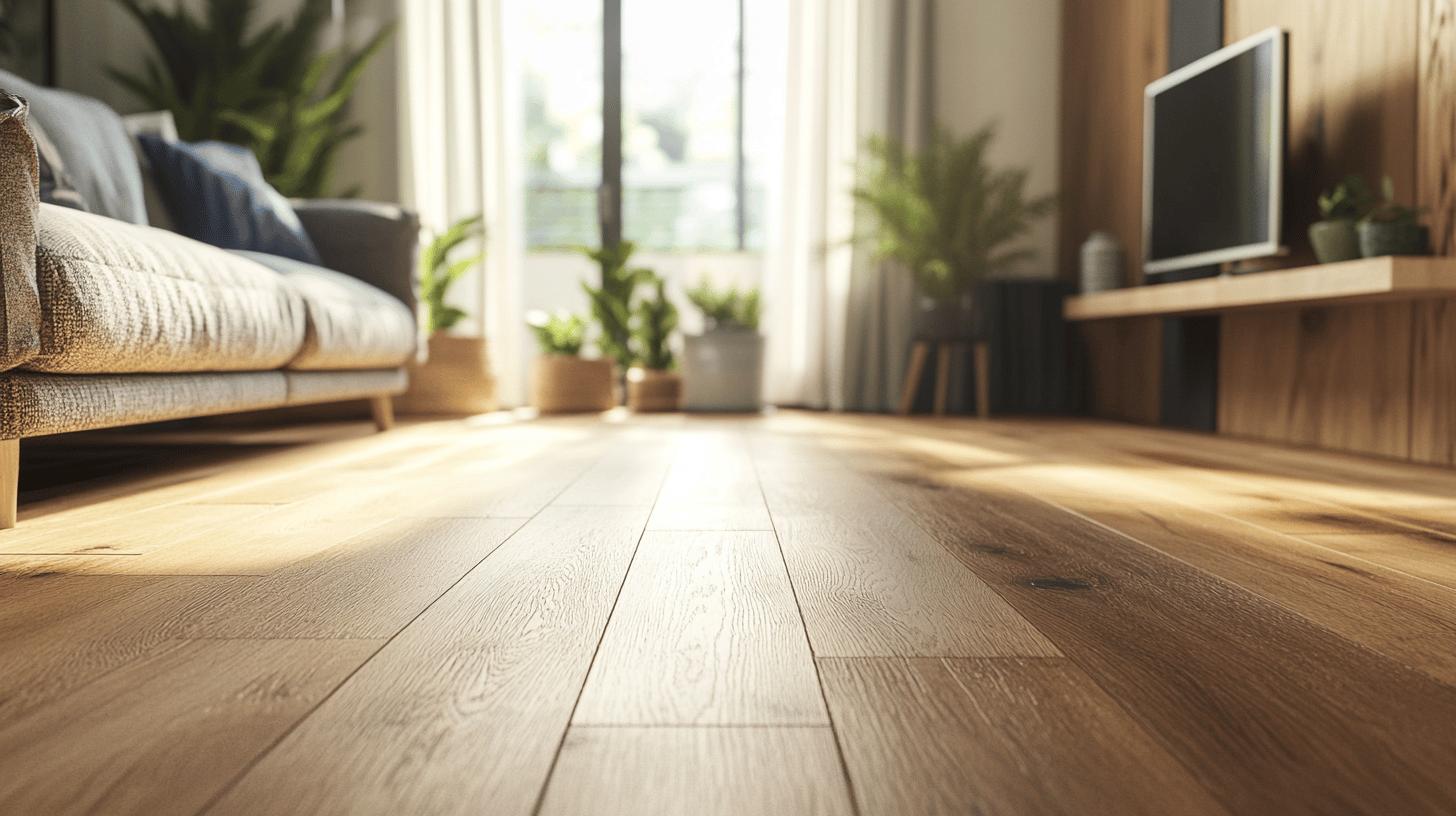
Ryan’s Restoration is renowned for offering expert advice on selecting the optimal floor finishes tailored to meet diverse aesthetic and functional requirements. With extensive experience in the industry, they provide high-quality solutions that ensure both the visual and practical needs of clients are met. Their expertise lies in guiding clients through the decision-making process, ensuring the chosen finish enhances the wood’s natural beauty while providing the necessary durability and protection.
Oil-Based Finishes:
- Ideal for achieving a warm, traditional look
- Suitable for high-traffic, commercial areas needing robust protection
- Best for clients seeking a richer, deeper wood tone
Water-Based Finishes:
- Perfect for maintaining the natural colour of lighter woods
- Recommended for environments where quick project completion is essential
- Preferred choice for homes with allergy-prone individuals due to low VOC emissions
Final Words
Selecting between oil-based and water-based finishes revolves around desired aesthetics, functionality, and environmental impact. Oil-based finishes lend a classic, warm look but can turn yellow over time. They offer a durable surface but have longer drying times. Conversely, water-based finishes highlight natural wood tones, dry faster, and emit fewer VOCs, making them eco-friendly.
Considering all facets—from durability and maintenance to cost and health implications—help homeowners make an informed choice. Ryan’s Restoration remains committed to delivering expert guidance and superior solutions for every finishing need. Embrace the benefits and enhance wood floors with the perfect finish.
FAQ
Q: Which is better, an oil-based or water-based floor finish?
A: Choosing between oil-based and water-based floor finishes depends on aesthetic preferences and maintenance needs. Oil-based finishes offer a warm, classic look but may be yellow; water-based finishes are clear and better for lighter woods.
Q: What are the disadvantages of a water-based finish?
A: Water-based finishes may have a higher initial cost and typically require more frequent application compared to oil-based. They might not provide the same rich colour that oil-based finishes offer.
Q: Which is better, oil-based or water-based varnish?
A: Oil-based varnishes offer a more traditional, warm appearance with increased durability, while water-based varnishes are more environmentally friendly, with less odour and faster drying times.
Q: Which floor finish is best?
A: The best floor finish varies by needs: oil-based for rich colour and traditional appearance or water-based for clear, eco-friendly options with less odour and faster drying.
